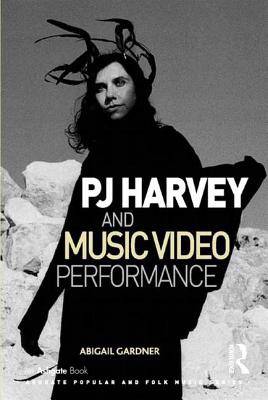
- Afhalen na 1 uur in een winkel met voorraad
- Gratis thuislevering in België vanaf € 30
- Ruim aanbod met 7 miljoen producten
- Afhalen na 1 uur in een winkel met voorraad
- Gratis thuislevering in België vanaf € 30
- Ruim aanbod met 7 miljoen producten
Zoeken
Omschrijving
PJ Harvey's performances are premised on the core contention that she is somehow causing 'trouble'. Just how this trouble can be theorised within the context of the music video and what it means for a development of the ways we might conceptualise 'disruption' and think about music video lies at the heart of this book. Abigail Gardner mixes feminist theory and critical models from film and video scholarship as a rich means of interrogating Harvey's work and redefining her disruptive strategies. The book presents a rethinking of the masquerade that allies it to cultural memory, precipitated by Gardner's claim that Harvey's performances are conversations with the past, specifically with visualised memories of archetypes of femininity. Harvey's masquerades emerge from her conversations and renegotiations with both national and transatlantic musical, visual and lyrical heritages. It is the first academic book to present analysis of Harvey's music videos and opens up fresh avenues into exploring what is at stake in the video work of one of Britain's premier singer-songwriters. It extends the discussion on music video to consider how to make sense of the rapidly developing digital environment in which it now sits. The interdisciplinary nature of the book should attract readers from a range of subject areas including popular music studies, cultural studies, media and communication studies, and gender studies.
Specificaties
Betrokkenen
- Auteur(s):
- Uitgeverij:
Inhoud
- Aantal bladzijden:
- 204
- Taal:
- Engels
- Reeks:
Eigenschappen
- Productcode (EAN):
- 9781472424181
- Verschijningsdatum:
- 28/09/2015
- Uitvoering:
- Hardcover
- Formaat:
- Genaaid
- Afmetingen:
- 156 mm x 234 mm
- Gewicht:
- 467 g

Alleen bij Standaard Boekhandel
+ 549 punten op je klantenkaart van Standaard Boekhandel
Beoordelingen
We publiceren alleen reviews die voldoen aan de voorwaarden voor reviews. Bekijk onze voorwaarden voor reviews.











